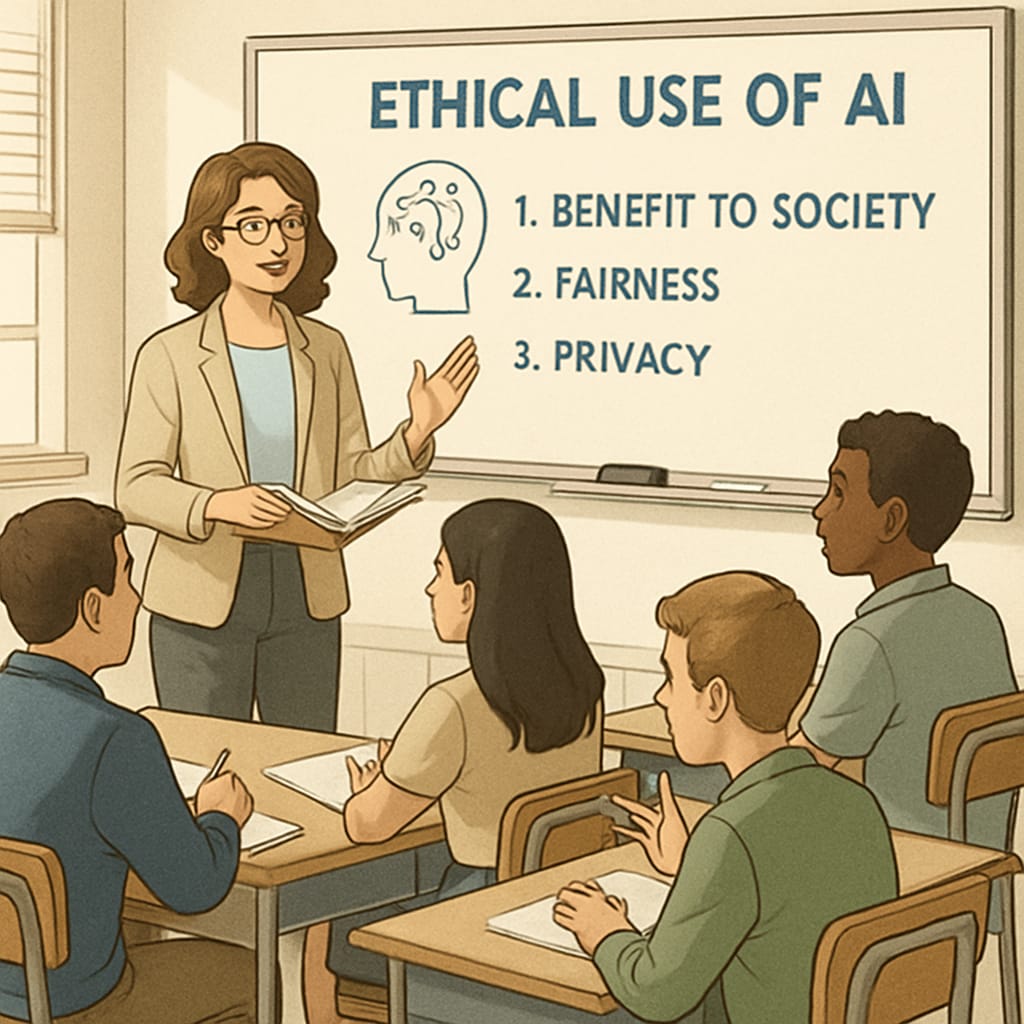With the rise of artificial intelligence (AI) tools, K12 education is confronting a new set of challenges related to “AI assignments, academic integrity, and detection tools.” These technologies, from chatbots to advanced generative AI platforms, offer unprecedented benefits but also raise significant questions regarding the authenticity of student work. This article analyzes the implications of AI on academic honesty, the current limitations of detection tools, and strategies educators can adopt to balance innovation with integrity in the classroom.
The Impact of AI on Academic Integrity in K12 Education
AI tools, such as OpenAI’s ChatGPT or Google’s Bard, are reshaping the way students approach their assignments. These platforms can generate essays, solve equations, and even assist with coding projects, offering quick solutions to academic tasks that once required thoughtful effort. While these capabilities can enhance learning when used ethically, they also open the door to misuse.
For example, students may rely on AI-generated content to complete assignments without fully understanding the material. This not only undermines the purpose of education but also compromises academic integrity. In addition, it becomes increasingly difficult for educators to discern whether submitted work reflects a student’s own understanding or the output of an algorithm.

Challenges with AI Detection Tools
As AI use grows, so does the need for effective detection tools. Platforms like Turnitin and GPTZero claim to identify AI-generated content, but their efficacy is not flawless. Current detection systems face several limitations:
- False Positives: These tools sometimes flag genuine student work as AI-generated, creating unnecessary disputes.
- AI Evolution: As AI models become more sophisticated, they can mimic human writing styles, making detection significantly harder.
- Ethical Concerns: The use of detection tools raises privacy issues, as they often require access to student data for analysis.
Educators cannot solely rely on detection tools as a solution. Instead, a holistic approach that combines technology with pedagogy is necessary to maintain academic integrity.
Practical Strategies for Educators
To address the challenges posed by AI in education, educators can implement the following strategies:
- Redesign Assignments: Focus on tasks that require critical thinking and personal reflection, making it harder for AI to replicate authentic responses.
- Promote Ethical Technology Use: Educate students about the responsible use of AI tools, emphasizing their role as supplements rather than substitutes for learning.
- Encourage Classroom Discussions: Incorporate face-to-face discussions and oral presentations to assess students’ understanding directly.
- Leverage AI Positively: Use AI tools to enhance learning experiences, such as personalized tutoring or creative brainstorming, without compromising academic honesty.

Balancing Innovation with Academic Integrity
While AI tools are here to stay, their integration into K12 education requires careful consideration. Schools must foster an environment where technology supports learning rather than undermining it. This includes training teachers to adapt to new technologies, updating academic policies, and engaging students in conversations about integrity and responsibility.
In addition, educators and developers must collaborate to design better detection tools and teaching resources. For example, integrating AI literacy into the curriculum can prepare students to navigate the ethical complexities of using such tools in their academic and professional lives.
Ultimately, the goal is not to eliminate AI from education but to ensure it is used in ways that enhance, rather than diminish, the authenticity of the learning process.
Readability guidance: This article uses concise paragraphs and lists for clarity. Passive voice is minimized, and transitions like “for example” and “in addition” ensure smooth reading flow. Images are strategically placed to complement the content.


